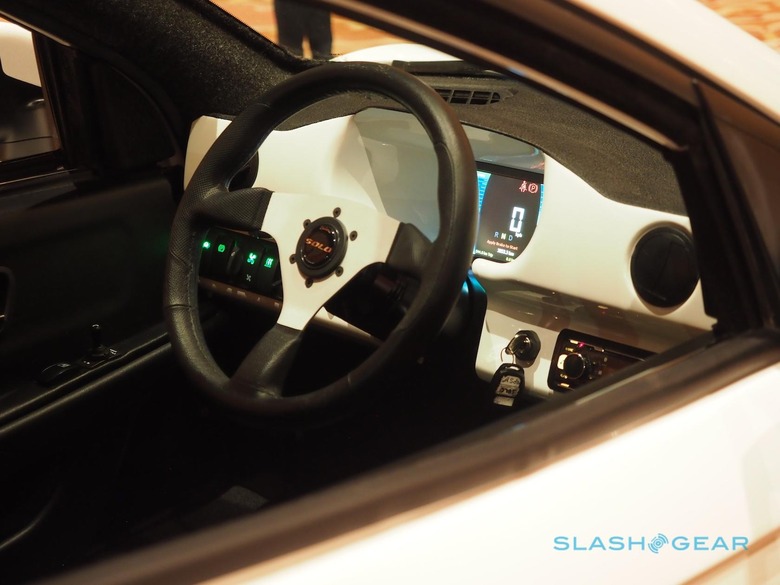This Single-Seater EV Has Wireless Charging Just Like Formula E
As convenience transport goes, a tiny, single-seater electric car designed for darting through urban traffic and while you never have to plug in sounds pretty good. That's just what Electra Meccanica is promising, with the news that it's adding wireless recharging support to its SOLO EV, based on the same technology being used around some much, much faster electric one-seaters.
It's based on Qualcomm's Halo system, which is getting put through its paces at the relatively new Formula E series. There, while not yet powering the race cars themselves, Halo is responsible for recharging two safety cars that stand by ready to whip onto the track should a crash or other incident occurs. Indeed, the Formula E implementation allows the EVs to not only recharge while parked up, but charge while driving at speeds in excess of 60 mph.
For the SOLO, the Halo implementation will be a little more basic. The compact EV's 17.3 kWh li-ion battery pack will be hooked up to a charging pad underneath the car that, when it's parked atop a second pad on your driveway or in the garage, can wirelessly receive power. It uses resonant magnetic induction, Electra Meccanica points out, which allows for power transfer even with an air gap in-between, or if the pad is buried beneath the surface.

In short, it means that you could keep your SOLO topped up just by parking it in the right spot every day, and never have to reach for the power cable. Graphics on the EV's digital display inside will help with positioning the car atop the pad. It's unclear how long a full charge will take; plugged into a 220V supply, a wired charge takes approximately three hours. On a domestic 110V outlet it's roughly twice that. Either way, Electra Meccanica says that a topped-up battery should be sufficient for around 100 miles of driving.
It's not the first automaker to explore wireless charging, mind. Several projects are underway, with Mercedes, Audi, and BMW all expected to launch pads for their EVs and electrified cars within the next few years. The intent is typically not to replace wired charging altogether – which remains the more efficient method, taking less time – but increase the convenience factor for vehicles parked for extended periods.
That will eventually, companies like Qualcomm say, include wireless charging pads installed in public facilities, like parking lots. The end-goal is even more ambitious: wireless charging strips that are built into roads, so that EVs can top up their batteries as they actively move around the city. That's still some way off, mind.
Electra Meccanica hasn't announced how much the wireless charging option will add to the SOLO's price. Orders for the compact EV are being taken now, priced from $15,500 before incentives. Deliveries are expected to begin by the end of this year.
